Publications
Citations per year
Publications
Citations
Collaborators
Research Articles
2025
90. Anti-Friedel-Crafts alkylation via electron donor-acceptor photo-initiated radical anion propagation
89. Upgrading sodium-mediated deprotonative borylation to catalytic regimes: Regioselective control and mechanistic implications
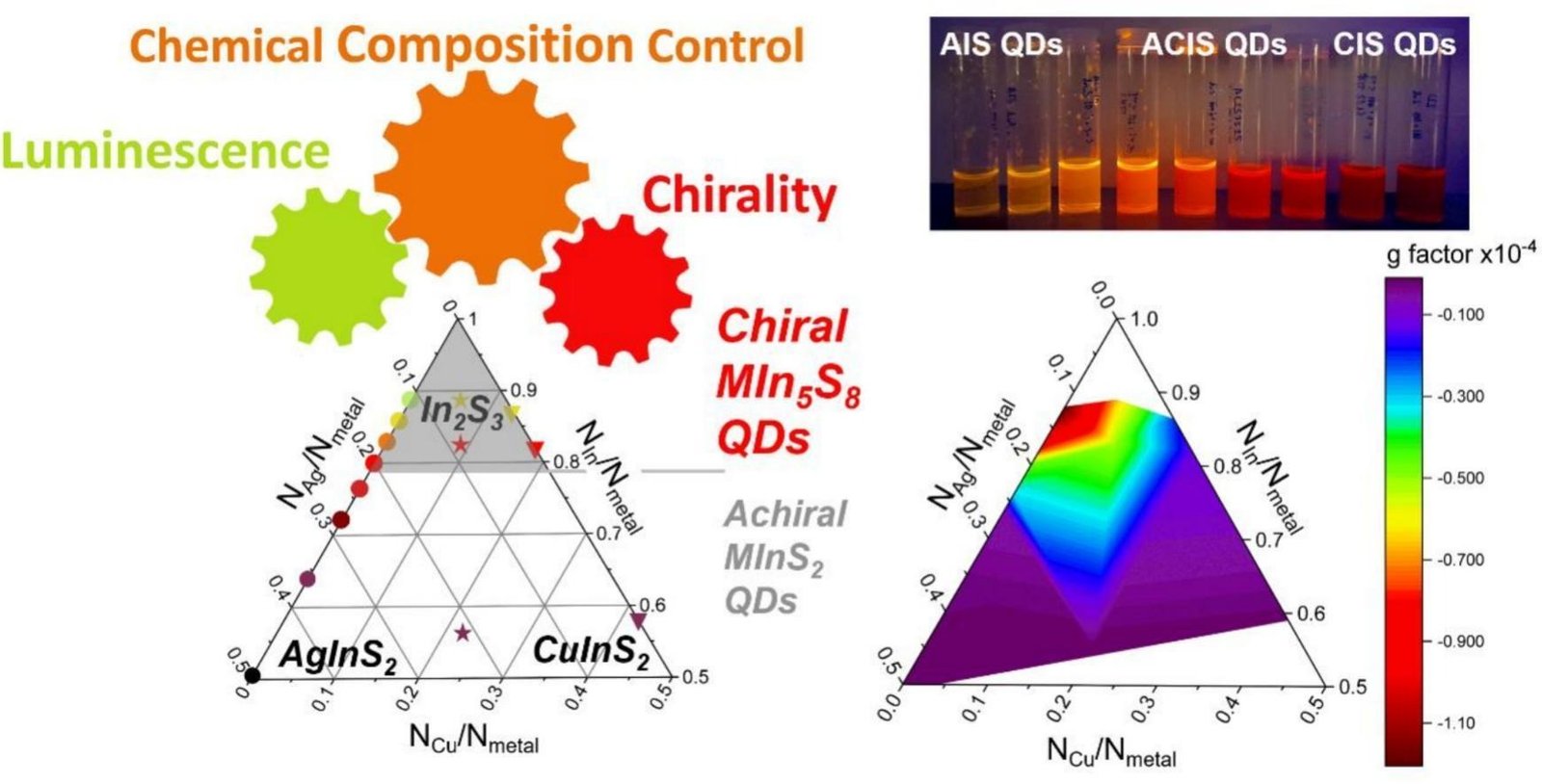
88. Chiral multinary quantum dots through composition control: Toward next-generation semiconductor nanomaterials

87. Opposite effects of added AsPh3 reveal a drastic mechanistic switch in RhI/AuI transmetalations via Rh–Au bonded intermediates
86. Driving electrochemical organic hydrogenations on metal catalysts by tailoring hydrogen surface coverages
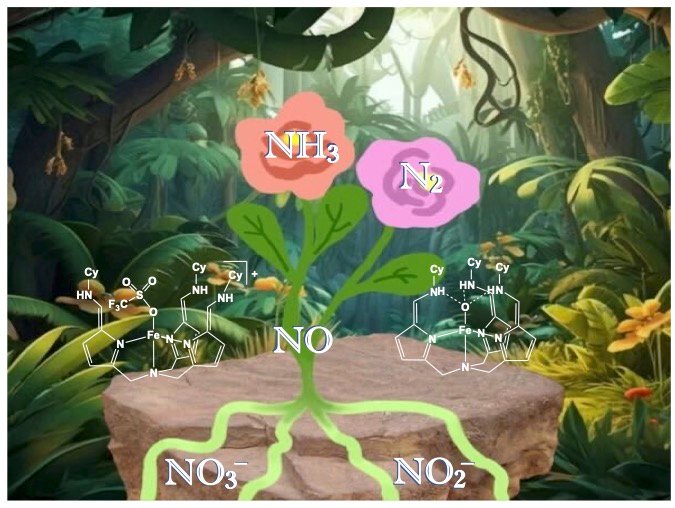
85. Selective stepwise reduction of nitrate and nitrite to dinitrogen or ammonia
84. Unravelling the atomic structure of a metal-covalent organic framework assembled from ruthenium metalloligands
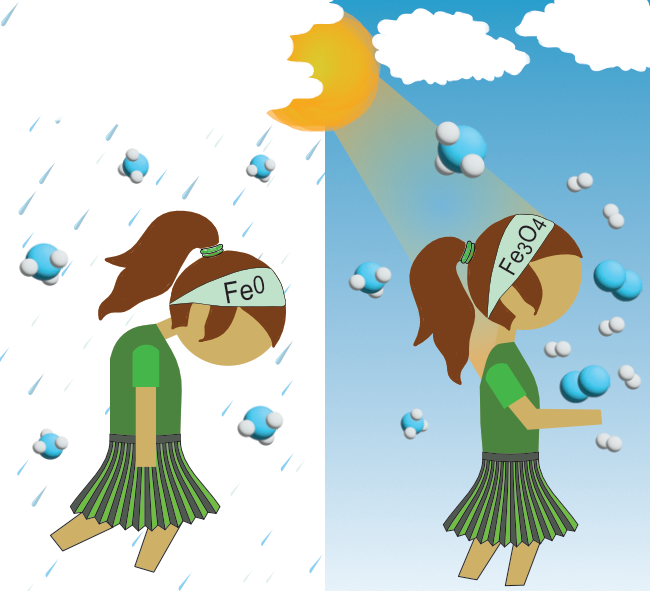
83. Unlocking low-temperature ammonia decomposition via an iron metal-organic framework-derived catalyst under photo-thermal conditions

82. Electrochemical CO2 reduction: A comprehensive review of commercial innovations and prospects

81. Beyond chemical structures: Lessons and guiding principles for the next generation of molecular databases
2024

80. Manipulation of oxidation states on phase boundary via surface layer modification for enhanced alkaline hydrogen electrocatalysis
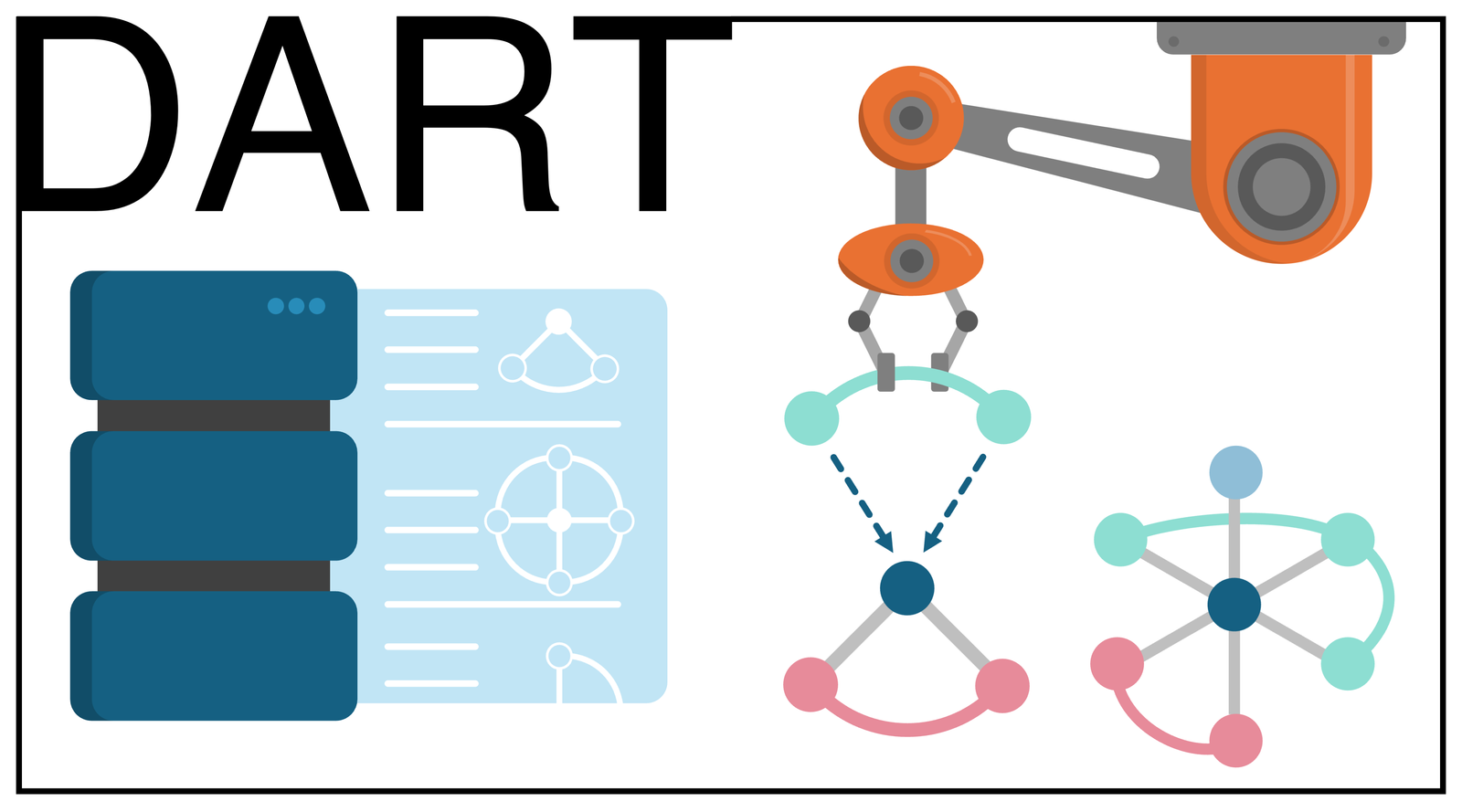
79. DART: Unlocking coordination chemistry beyond the Cambridge structural database
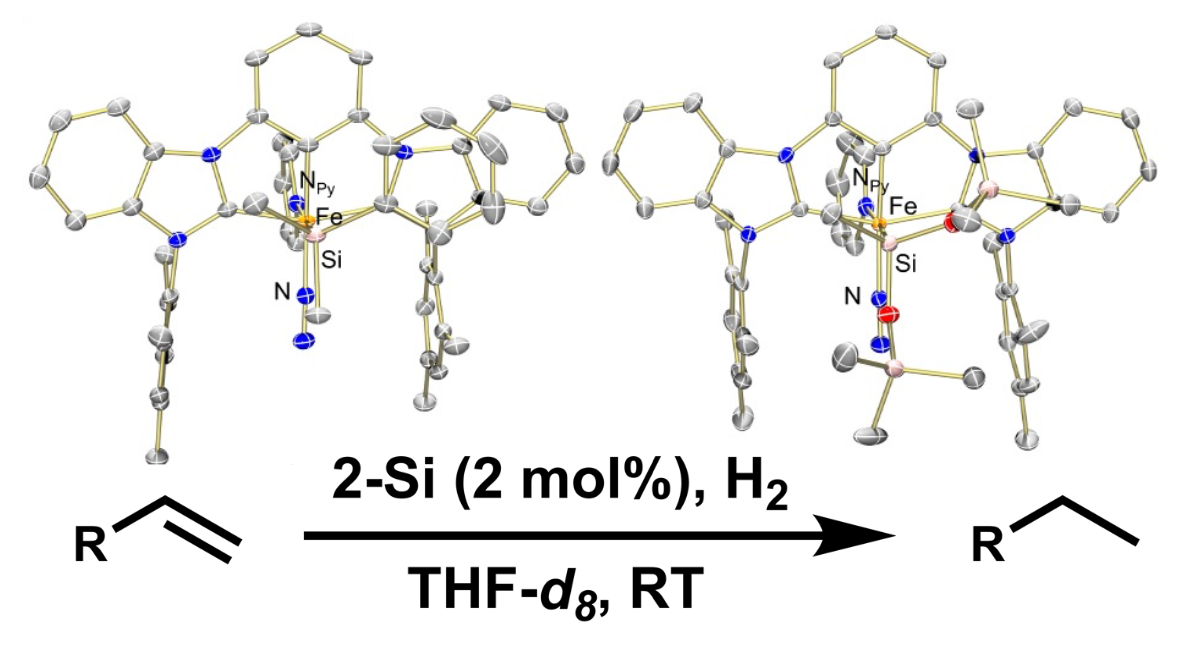
78. Identity of the silyl ligand in an iron-silyl complex influences olefin hydrogenation: An experimental and computational study
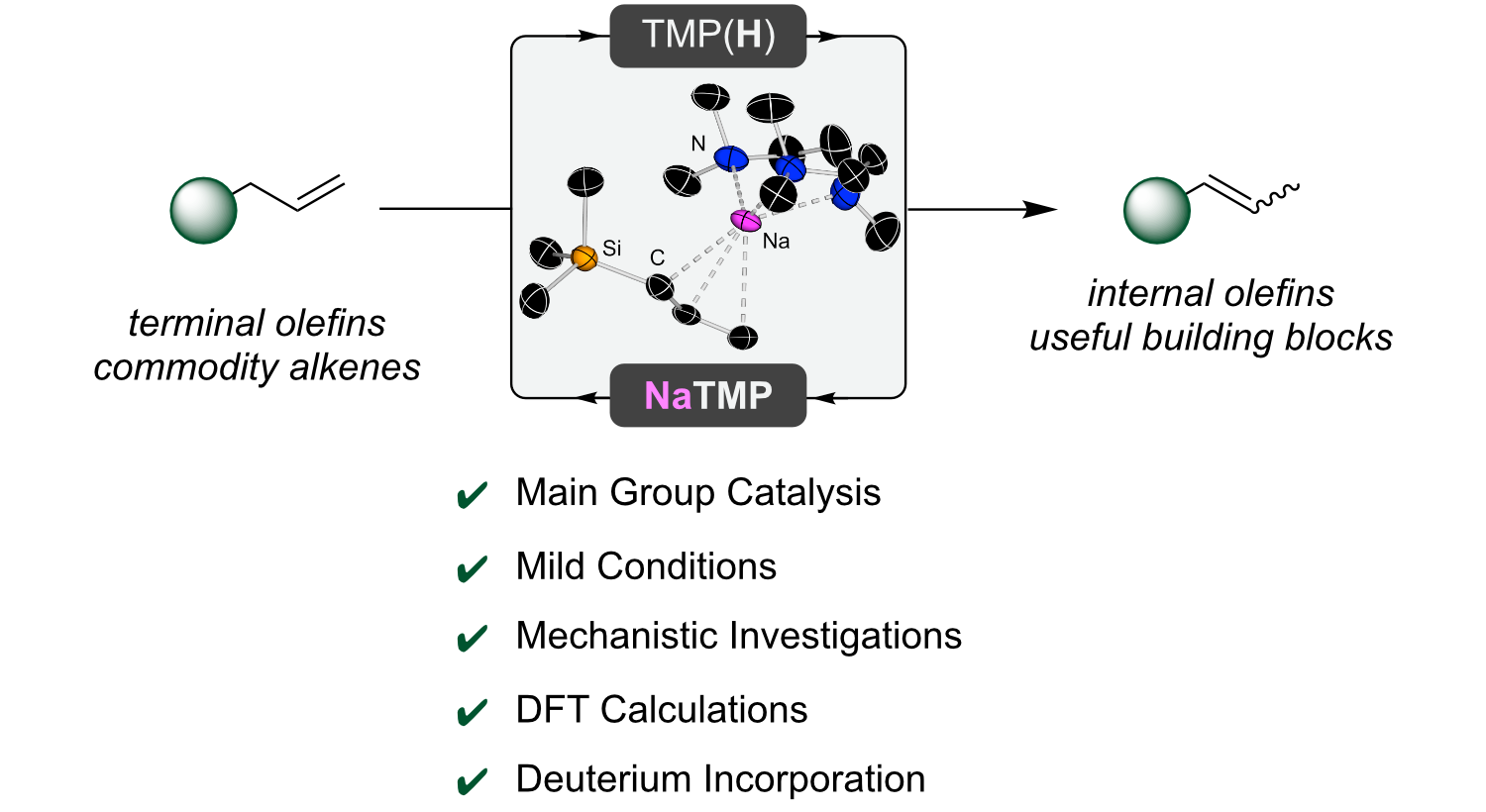
77. Alkene isomerisation catalysed by a superbasic sodium amide

76. Efficient mapping of CO adsorption on Cu1−xMx bimetallic alloys via machine learning
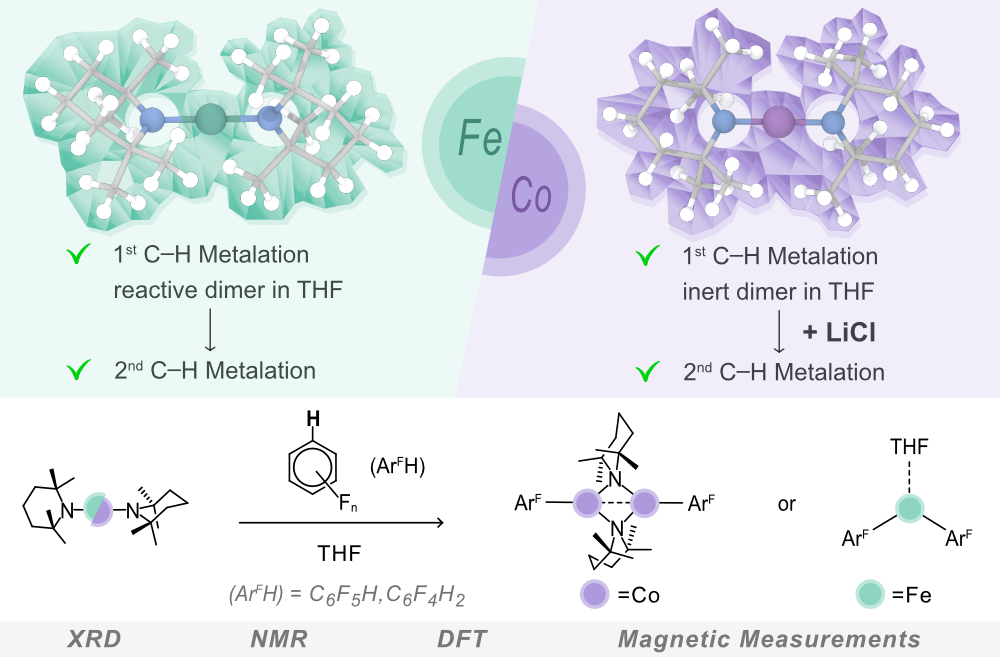
75. Unlocking the metalation applications of TMP-powered Fe and Co(II) bis(amides): Synthesis, structure and mechanistic insights

74. Challenges in the computational modelling of bimetallic C–H activation processes
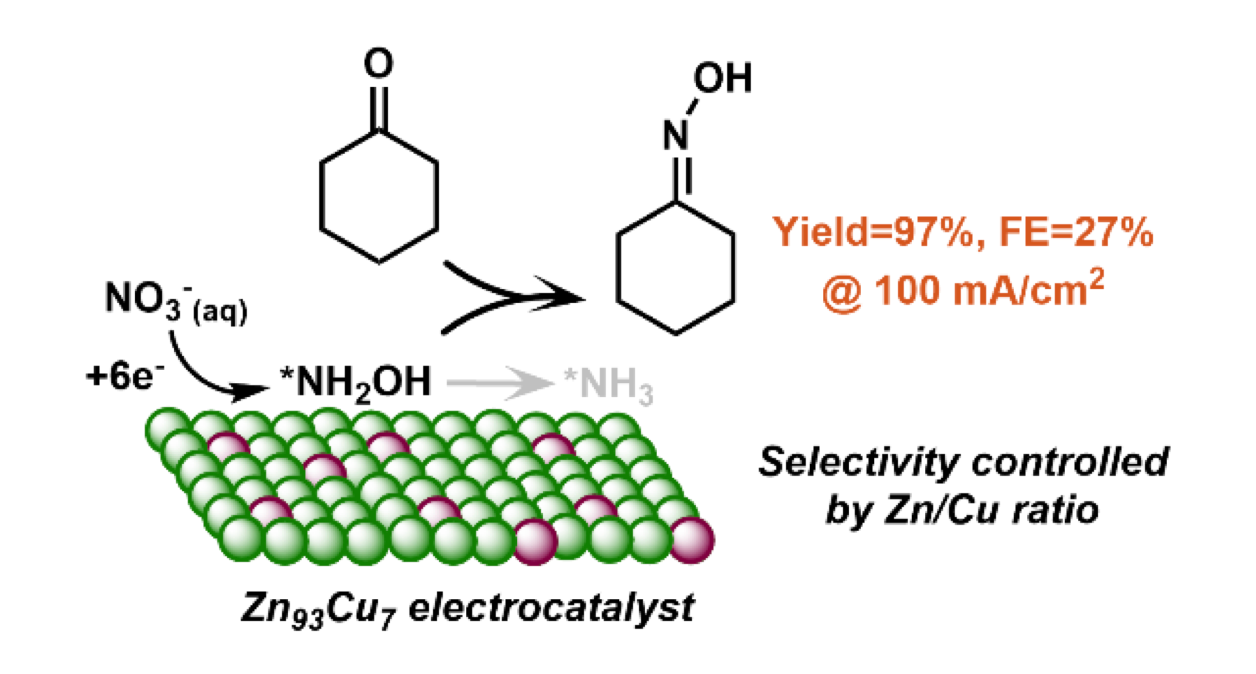
73. Sustainable electrosynthesis of cyclohexanone oxime through nitrate reduction on a Zn-Cu alloy catalyst

72. Solvent effects in the electrochemical reduction of hydrogen cyanide for ambient ammonia production on a Ni cathode
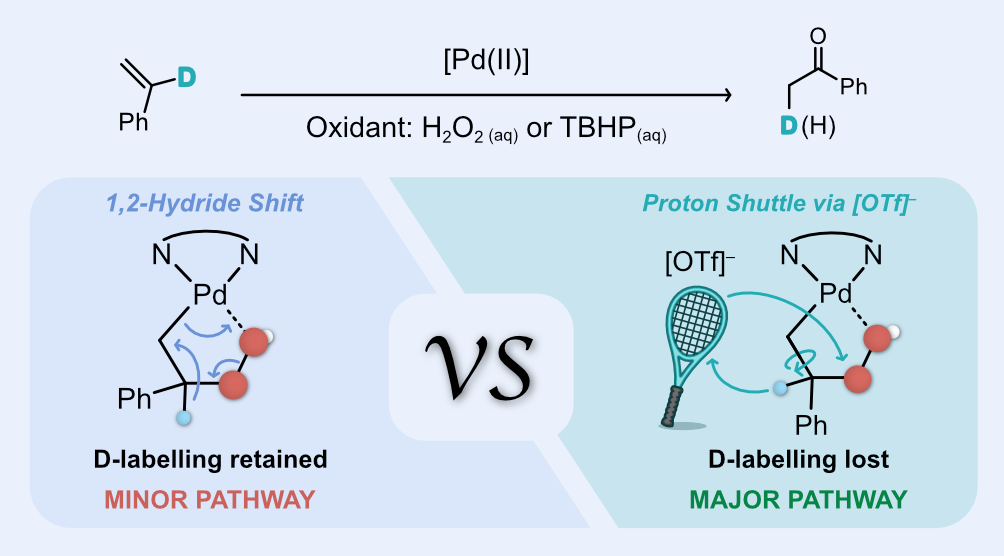
71. Insights on the palladium(II)-catalyzed Wacker-type oxidation of styrene with hydrogen peroxide and tert-butyl hydroperoxide
2023
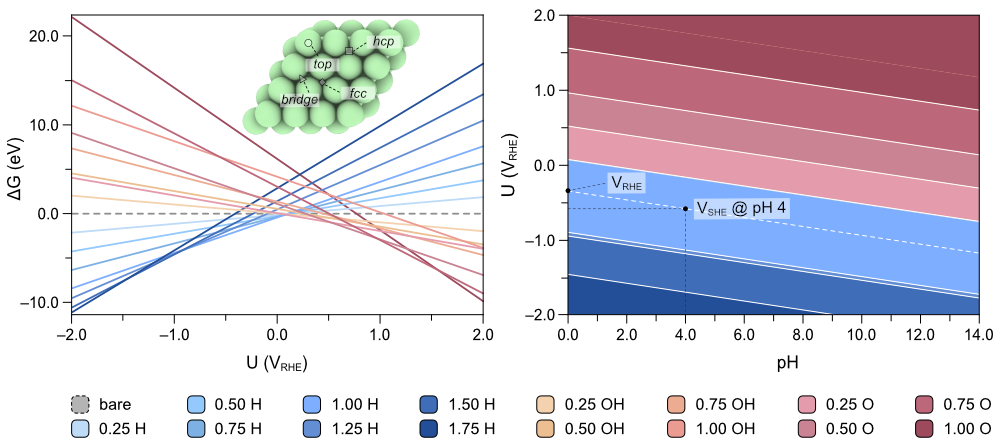
70. The importance of surface coverages in the rational design of electrocatalysts

69. Size-dependent activity of carbon dots for photocatalytic H2 generation
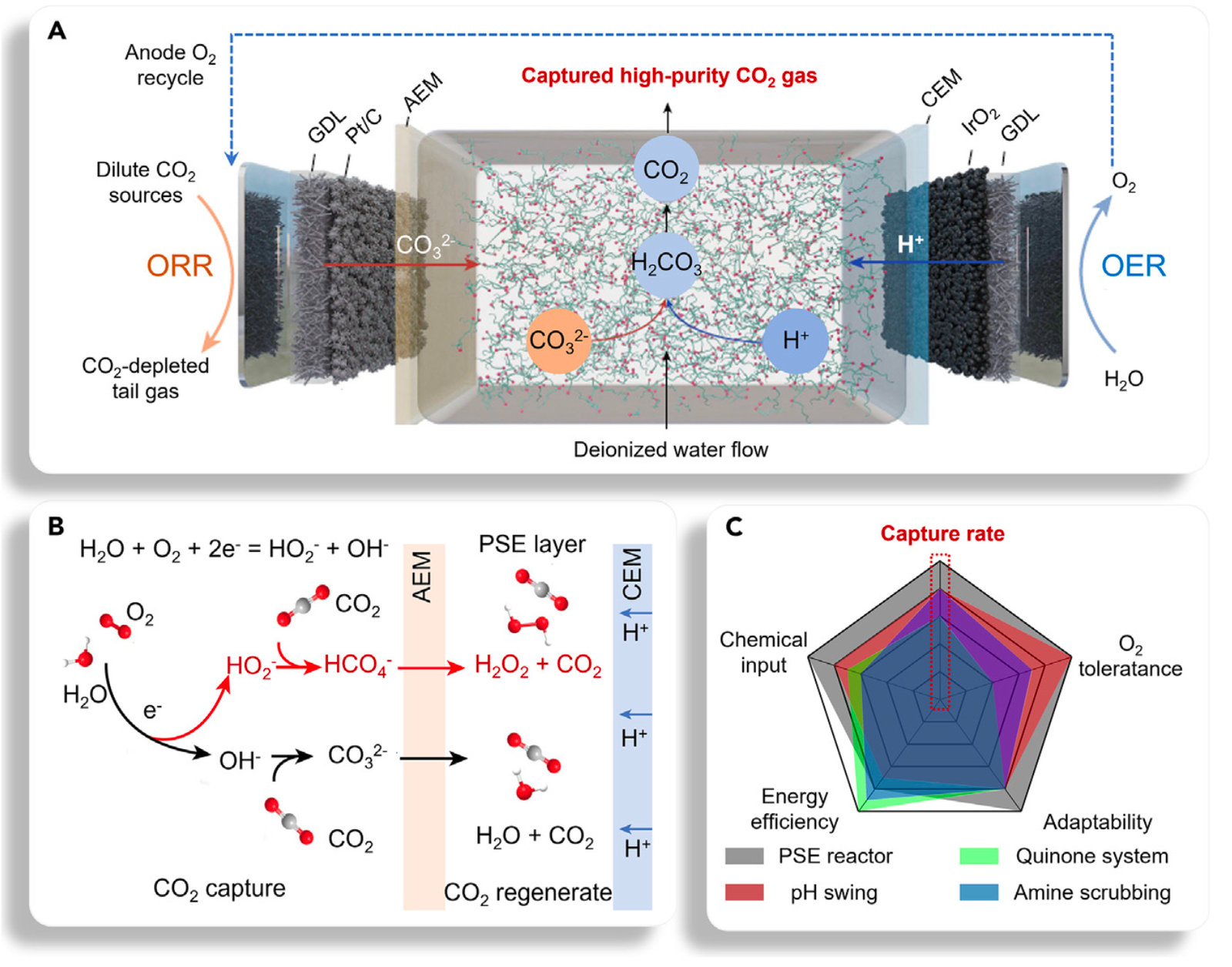
68. Redox-couple assisted CO2 capture on solid-electrolyte reactor

67. Interaction and energy decomposition analyses to predict stability of tetraaryl square planar cobalt complexes

66. FEFOS: A method to derive oxide formation energies from oxidation states
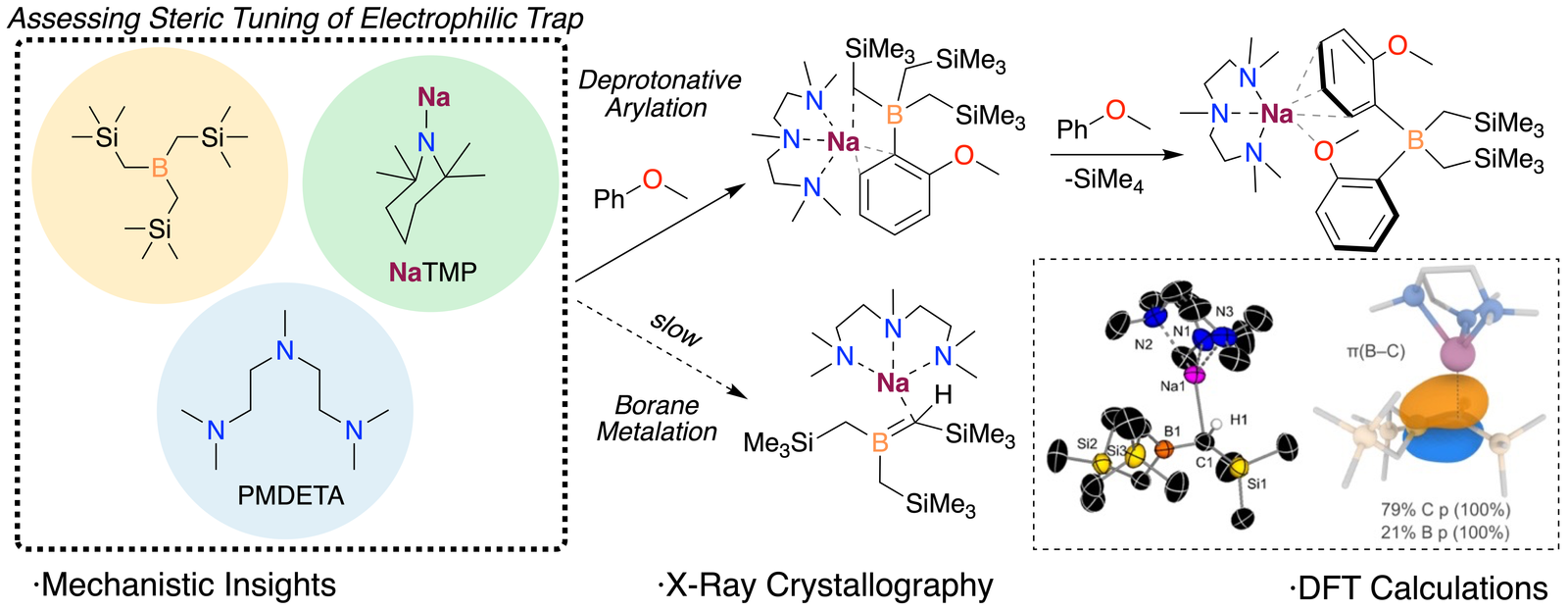
65. Sodium mediated deprotonative borylation of arenes using sterically demanding B(CH2SiMe3)3: Unlocking polybasic behaviour and competing lateral borane sodiation

64. Enabling heterogeneous catalysis to achieve carbon neutrality: Directional catalytic conversion of CO2 into carboxylic acids

63. Demonstrating the source of inherent instability in NiFe LDH-based OER electrocatalysts

62. Problematic ArF-Alkynyl coupling with fluorinated aryls. From partial success with alkynyl stannanes to efficient solutions via mechanistic understanding of the hidden complexity
2022
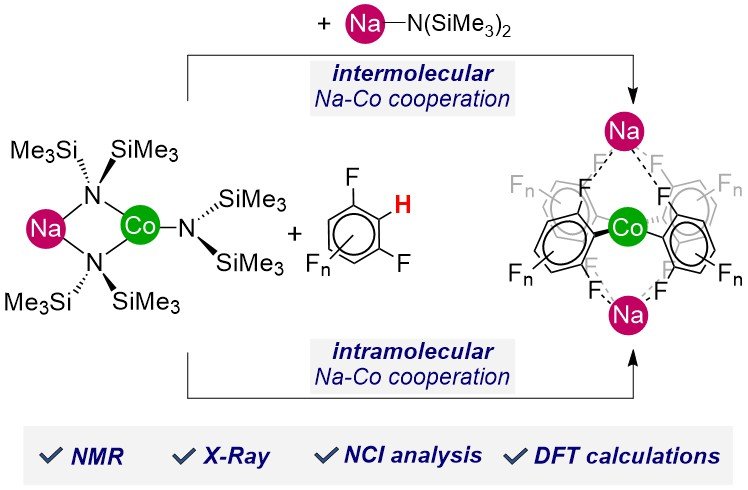
61. Building square planar cobalt(II) complexes via sodium mediated cobaltation of fluoroarenes
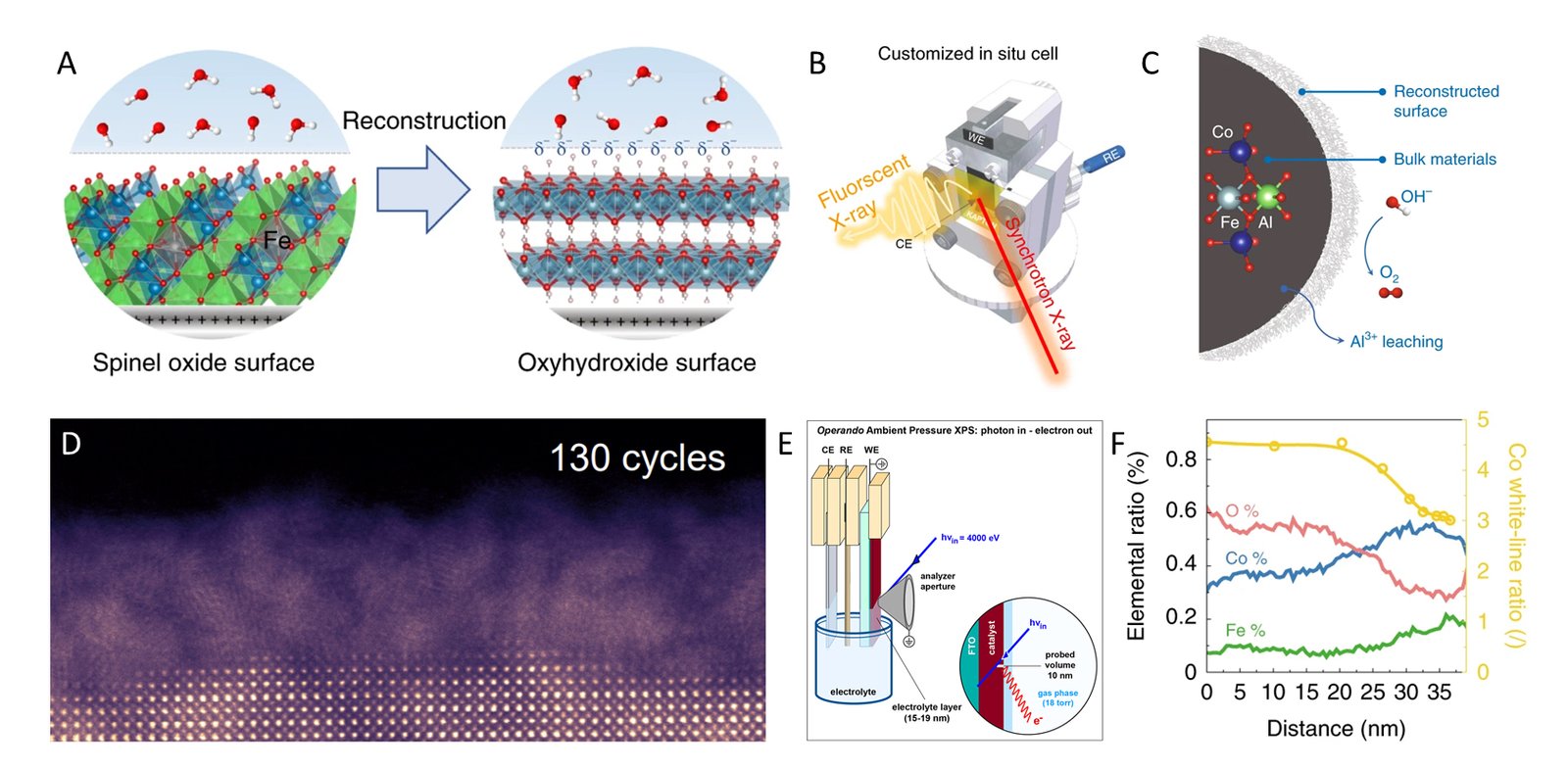
60. Interrogating the oxygen evolution reaction mechanism at the atomic scale

59. Rational design of water oxidation catalysts informed by computational and experimental investigations
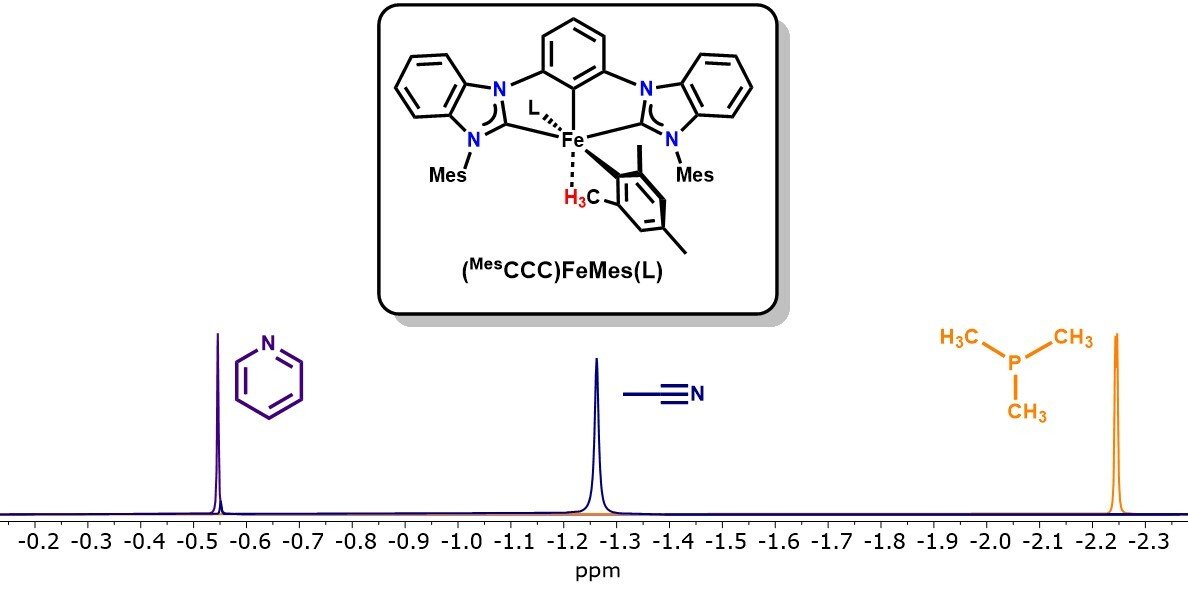
58. γ-Agostic interactions in (MesCCC)Fe-Mes(L) complexes

57. Reaction descriptors for the oxygen evolution reaction: Recent advances, challenges and opportunities

56. Secondary coordination sphere influences the formation of Fe(III)-O or Fe(III)-OH complexes in nitrite reduction: A synthetic and computational study
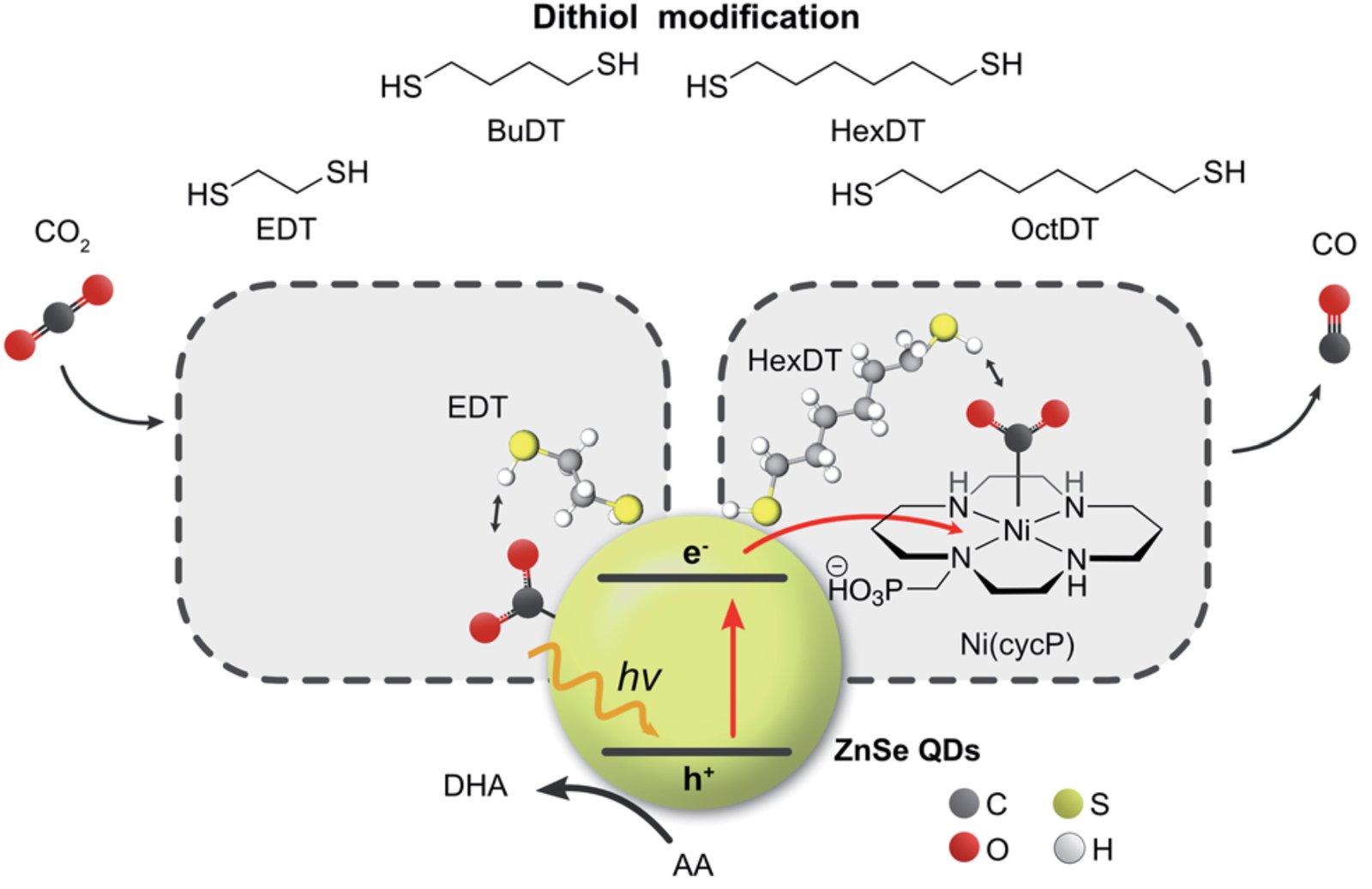
55. Tuning the local chemical environment of ZnSe quantum dots with dithiols towards photocatalytic CO2 reduction
2021

54. Chiroptically active 1D ultrathin AuAg nanostructures
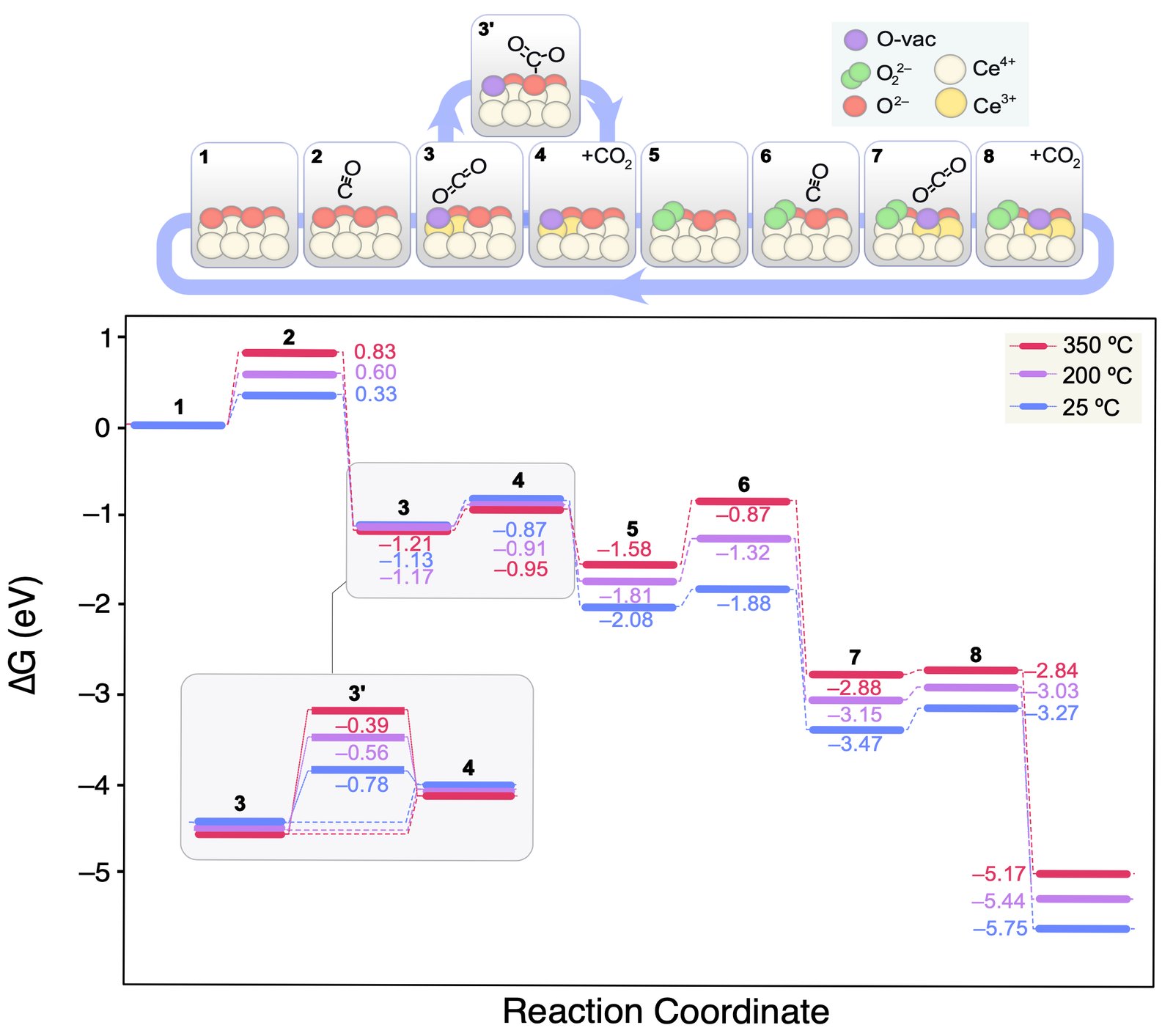
53. Investigations of the effect of H2 in CO oxidation over ceria catalysts

52. Elucidating the role of the metal catalyst and oxide support in Ru/CeO2 catalysed CO2 methanation
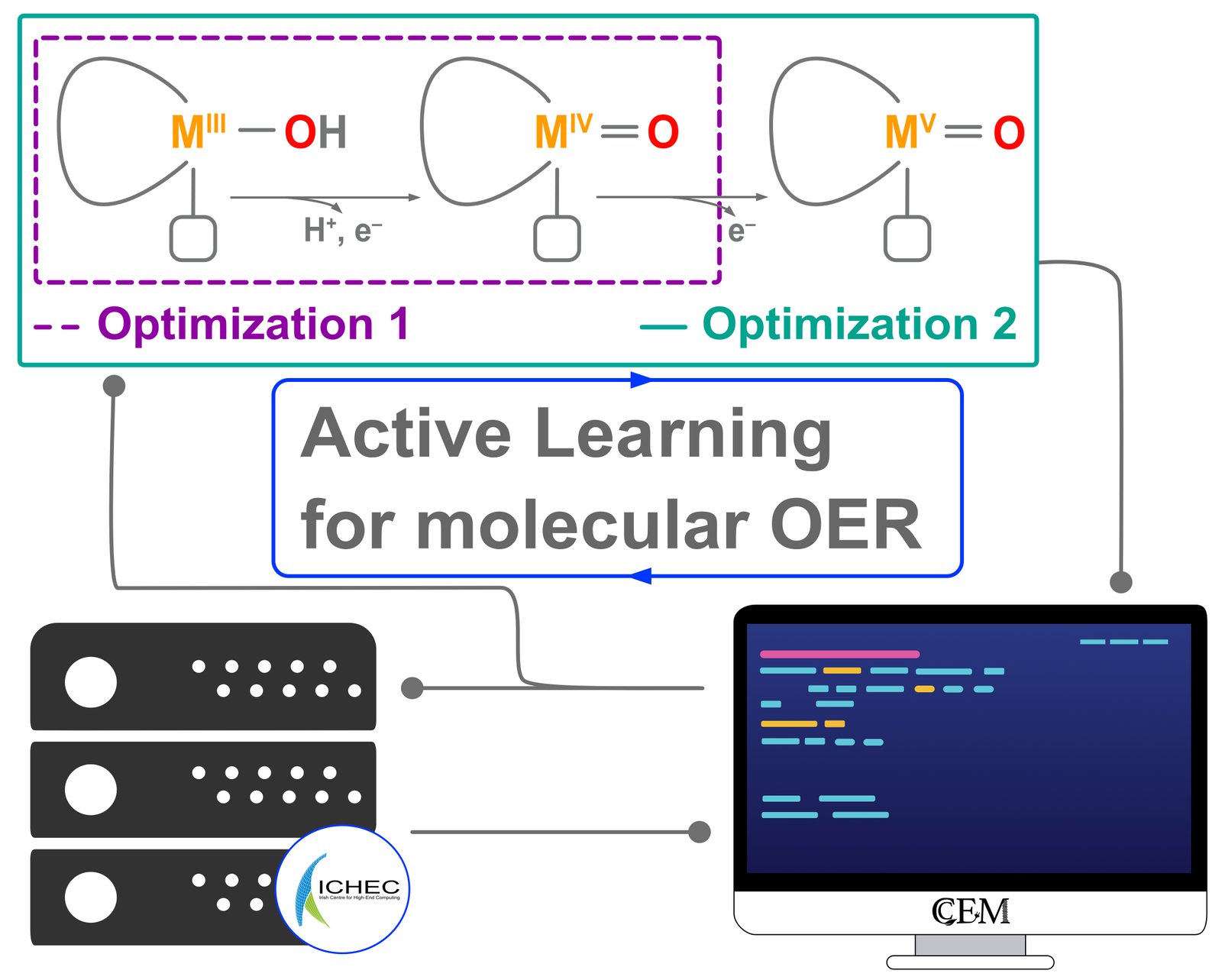
51. Applying active learning to the screening of molecular oxygen evolution catalysts

50. A computational study of the electrochemical cyanide reduction
for ambient ammonia production on a nickel cathode
for ambient ammonia production on a nickel cathode

49. High-throughput screening and rational design to drive discovery in molecular water oxidation catalysis

48. Imidazolium-modification enhances photocatalytic CO2 reduction on ZnSe quantum dots

47. Facilitating ferration of aromatic substrates through intramolecular sodium mediation

46. Fundamental insights and rational design of low-cost polyoxometalates for the oxygen evolution reaction
2020
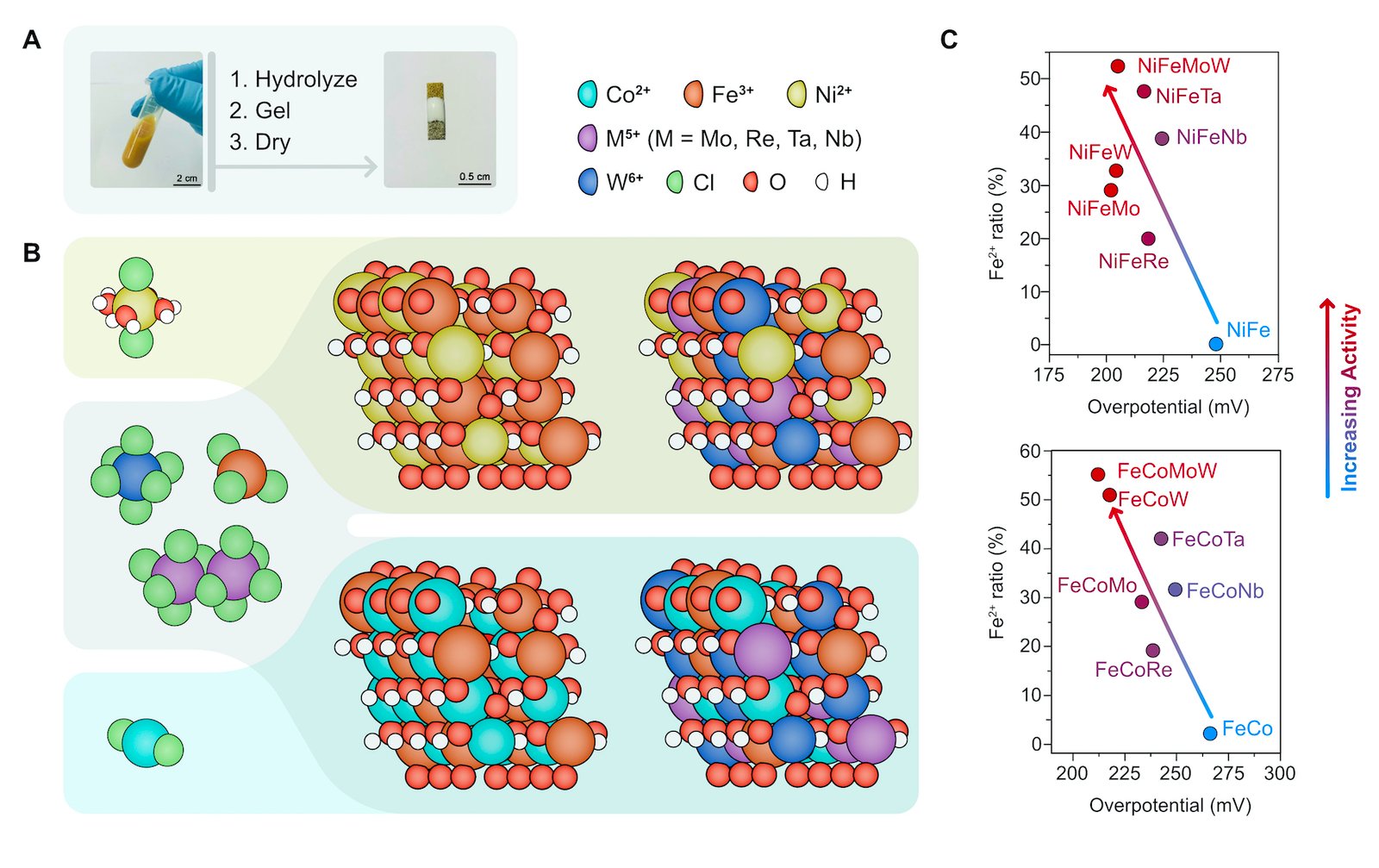
45. Faster hydrogen production in alkaline media

44. Synthetic approaches to metallo-supramolecular Co(II) polygons and potential use for H2O oxidation

43. Cobalt-catalyzed ammonia borane dehydrogenation: Mechanistic insight and isolation of a cobalt hydride-amidoborane complex

42. Discerning activity and inactivity in earth-abundant molecular oxygen evolution catalysts

41. Insights into the oxygen vacancy filling mechanism in CuO/CeO2 catalysts: A key step toward high selectivity in preferential CO oxidation
2019

40. Effect of chiral ligand concentration and binding mode on chiroptical activity of CdSe/CdS quantum dots

39. Universal scaling relations for the rational design of molecular water oxidation catalysts with near-zero overpotential

38. Selective high-temperature CO2 electrolysis enabled by oxidized carbon intermediates

37. Untangling cooperative effects of pyridinic and graphitic nitrogen sites at metal-free N-doped carbon electrocatalysts for the oxygen reduction reaction

36. Influence of carbon nanostructure and oxygen moieties on dopamine adsorption and charge transfer kinetics at glassy carbon surfaces

35. RhIAr/AuIAr’ Transmetalation, a case of group exchange pivoting on formation of M-M’ bonds via oxidative insertion
2018
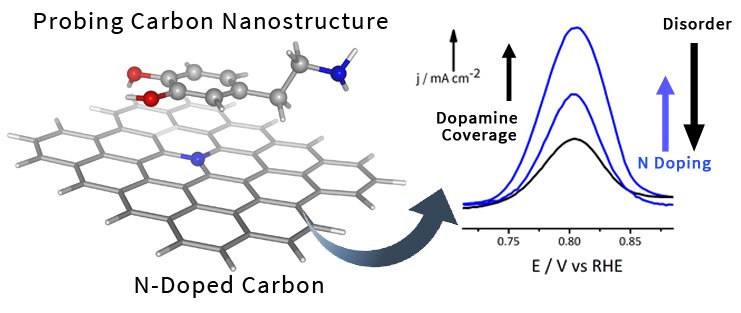
34. Experimental and computational study of dopamine as an electrochemical probe of the surface nanostructure of graphitized N-doped carbon
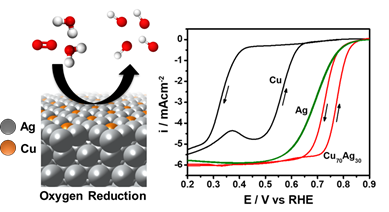
33. Copper silver thin films with metastable miscibility for oxygen reduction electrocatalysis in alkaline electrolytes

32. Mimicking class I b Mn2-ribonucleotide reductase: A MnII2 complex and its reaction with superoxide

31. Hidden aryl-exchange processes in stable 16e RhIII [RhCp*Ar2] complexes, and their unexpected transmetalation mechanism
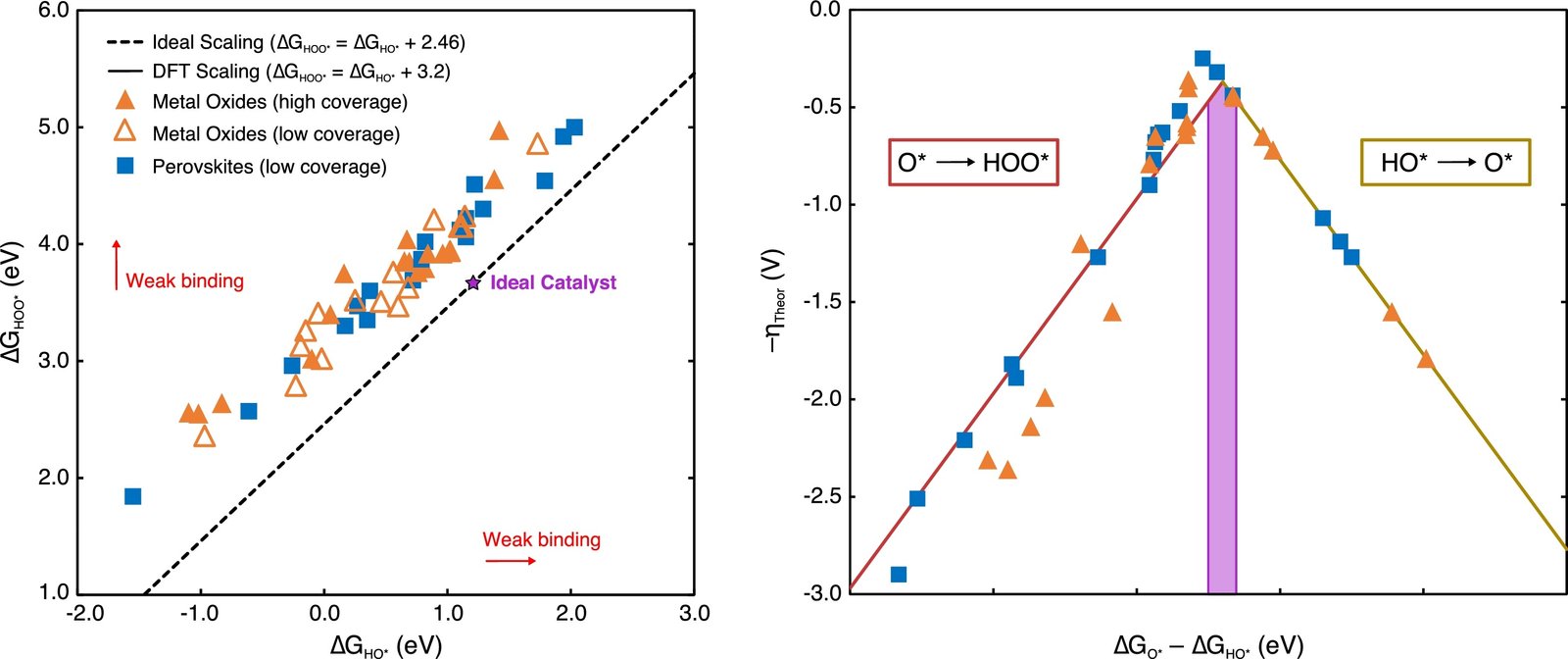
30. Computational modelling of water oxidation catalysts
2017

29. Equilibrium oxygen redox capacity of ultrathin CeO2-δ depends non-monotonically on large biaxial strain

28. Edge reactivity and water-assisted dissociation on cobalt oxide nanoislands

27. Rhodium complexes promoting C–O bond formation in reactions with oxygen: The role of superoxo species
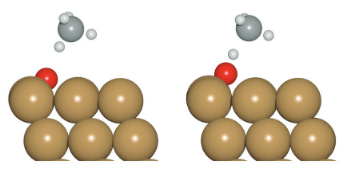
26. Mechanistic insights into heterogeneous methane activation
2016
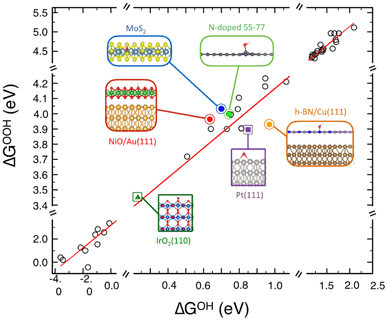
25. Two-dimensional materials as catalysts for energy conversion

24. Gold-supported cerium-doped NiOx catalysts for water oxidation

23. Homogeneously dispersed multimetal oxygen-evolving catalysts

22. Computationally probing the performance of hybrid, heterogeneous and homogeneous Ir-based catalysts for water oxidation

21. Dramatic mechanistic switch in Sn/AuI group exchanges: Transmetalation vs. oxidative addition

20. Understanding and tuning the intrinsic hydrophobicity of rare-earth oxides: A DFT+U study
2015

19. Enhancing catalytic CO oxidation over Co3O4 nanowires by substituting Co2+ with Cu2+
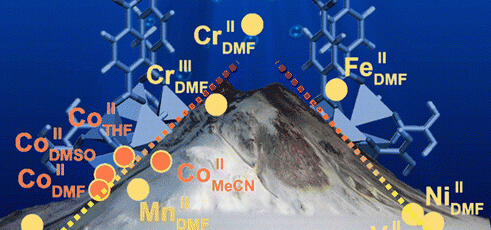
18. When the solvent locks the cage: Theoretical insight into the transmetalation of MOF-5 lattices and its kinetic limitations

17. Unraveling the structure sensitivity in methanol conversion on CeO2: A DFT+U study

16. Structure, activity, and deactivation mechanisms in double metal cyanide catalysts in the production of polyols
2014

15. Unique reaction path in heterogeneous catalysis: The concerted semi-hydrogenation of propyne to propene on CeO2

14. Homolytic products from heterolytic paths in H2 dissociation on metal oxides: The example of CeO2
2013

13. Promoted ceria: A structural, catalytic, and computational study

12. How theoretical simulations can address the structure and activity of nanoparticles

11. Stille coupling involving bulky groups feasible with gold cocatalyst
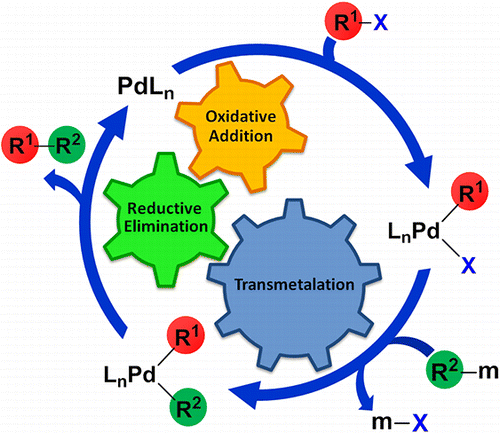
10. Computational perspective on Pd-catalyzed C–C cross-coupling reaction mechanisms

9. Book chapter: C–C bond formation

8. Book: A theoretical study on Pd-catalyzed cross-coupling reactions
2012

7. Coordination chemistry of new chiral P,N ferrocenyl ligands with half-sandwich ruthenium(II), rhodium(III), and iridium(III) complexes

6. Mechanistic exploration of the Pd-catalyzed copper-free Sonogashira reaction
2011

5. Mechanistic analysis of iridium(III) catalyzed direct sp2 C-H arylation: A DFT study

4. Cationic intermediates in the Pd-catalyzed Negishi coupling. Kinetic and DFT study of alternative transmetalation pathways in the Me-Me coupling of ZnMe2 and trans-PdMeCl(PMePh2)2

3. Book chapter: Theoretical evaluation of phosphine effects in cross-coupling reactions
2010

2. Palladium roundtrip in the Negishi coupling of trans-[PdMeCl(PMePh2)2] with ZnMeCl: Experimental and DFT study of the transmetalation step
2009

1. The C-C reductive elimination in palladium complexes, and the role of coupling additives. A DFT study supported by experiment